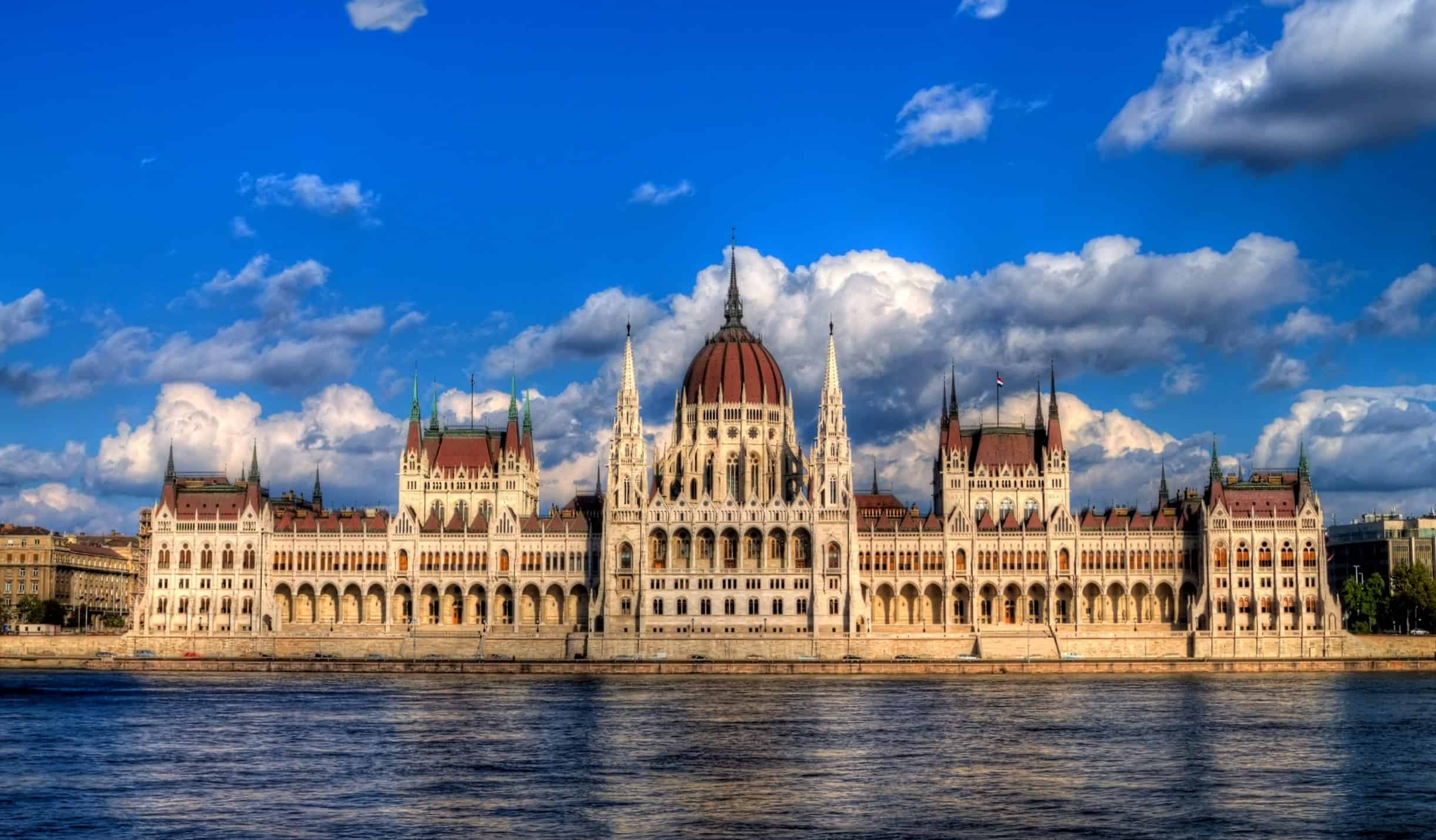Hungary’s history is a remarkable succession of occupations by different tribes and cultures. After World War II the country was controlled by the Soviet Union, restricting access and limiting growth. After the borders were opened in 1989, Hungary quickly became a tourist destination and continues to rise in popularity as more travellers discover the wonders of this once off-limits country.
Buda Castle and Castle Hill
 https://www.flickr.com/photos/cnbattson/
https://www.flickr.com/photos/cnbattson/
The vast complex of the Hungarian kings was started in the 14th century by King Bela IV and increased over the years by successive royal inhabitants until it became the largest Gothic palace of the Middle Ages. Most of the medieval palace was destroyed in 1686 when the Christian forces shelled the now Muslim-controlled city and a Baroque palace was constructed in its place. For a time it was used as a royal residence, a nunnery and a university before finally returning to use as a home for the rulers of Hungary. As it stands now, the palace is a walk through history, taking visitors from medieval glory to modern museums that contain the relics of the past.
Castle hill also suffered damage from invasions but the layout remains medieval with some 13th and 14th century houses still standing. This is a residential area of mostly private homes adorned with a plaque that describes the history of the structure. Only residential vehicles are allowed to drive the streets but the cobblestones are better suited for walking on anyway.
Baradla Cave, Aggtelek
 https://www.flickr.com/photos/rover0/
https://www.flickr.com/photos/rover0/
A small village in the northern part of the country is home to a huge karst cave system of stalactite caverns. Although most of the system is in Hungary, the entire cave is almost 24 km in length and extends 5.6 km into Slovakia. Visitors are rarely allowed to cross the “border” although occasionally the guide will allow a picture or two across the line. A scheduled tour travels 7 km into the system and shorter visits are available for seeing other parts of the system including the spectacular Giants’ Hall, a 125 m long cavern with a 30 m high roof.
Several other caves in the region have recently opened to tourists, allowing visitors a glimpse into the underground fairytale structures created as dripping water dissolves soft limestone and dolomite on its way to underground pools and rivers.
Lillafured
 https://www.flickr.com/photos/brian_kimball/
https://www.flickr.com/photos/brian_kimball/
The town is a popular spa destination and has a few man-made wonders that are fascinating to visit. Lake Hamori was created about 200 years ago to create a water supply for forging iron. Although iron is no longer crafted here, the lake remains. The highest waterfall in the country is also found here – and is also man-made. The river once ran through the rock, creating the cave below. The water was diverted into a new path, again for the iron furnace, and the cave is now open for visitors. Anna, Istvan and Szeleta Caves can be toured to see preserved fossils and incredible limestone structures. Istvan in particular has some magnificent structures and the full extent of the cave system is not yet completely explored.
The Danube
 https://www.flickr.com/photos/azso/
https://www.flickr.com/photos/azso/
The second-longest river in Europe runs through some of the best sightseeing spots on the continent, including Budapest. It’s large enough to accommodate ocean-going vessels, yet can be easily navigated by local fishermen in small canoes. A river cruise is a great way to see much of the country or get a unique perspective on Budapest, but walking the banks of the Danube is relaxing and peaceful. Even the smallest villages along the river usually have at least one cafe that looks over the water and many have a complex history of occupation and war that shaped the area and left relics of the past.
Hortobágy National Park
 https://www.flickr.com/photos/thijscalu/
https://www.flickr.com/photos/thijscalu/
An alkaline steppe and Europe’s largest semi-natural grassland is part of an ancient plain created when rivers shifted and grazing animals began to consume the foliage. T-shaped wells can be seen tower over the waving grasses that partially hide herds of cattle and buffalo being tended by herdsman. The Nine Holed Bridge is often cited as the most identifiable symbol of the great plain.
Lake Heviz
 https://www.flickr.com/photos/heatheronhertravels/
https://www.flickr.com/photos/heatheronhertravels/
The second largest thermal lake in the world has an unusual mix of flora and fauna due to its chemical composition, some of which are believed to be found only here. Despite the sulfuric and radioactive residues in the water, the lake is a popular spa destination and visited by people hoping to be cured of various ailments. The spring that feeds the lake has a constant temperature of 40C, but the lake temperature ranges from 24C in the winter to as high as 37C in warm weather. A spa on the lake was first built in the late 1790s and has changed little in the intervening years.


